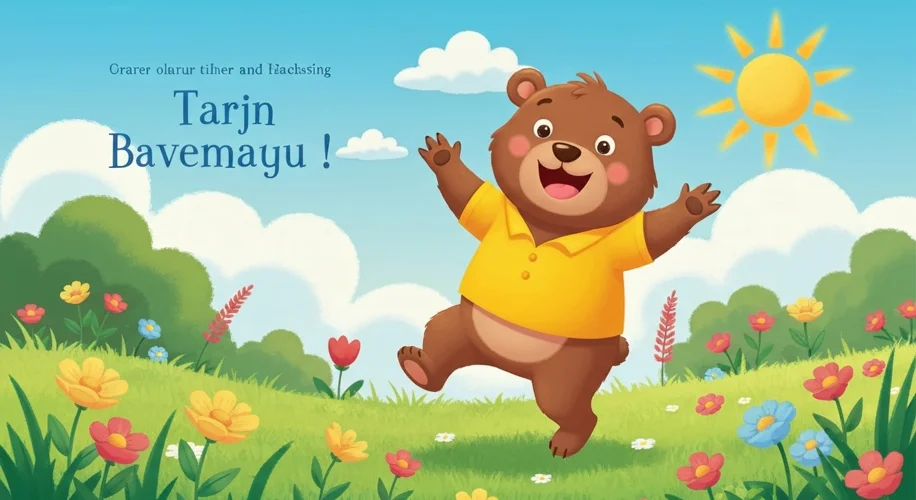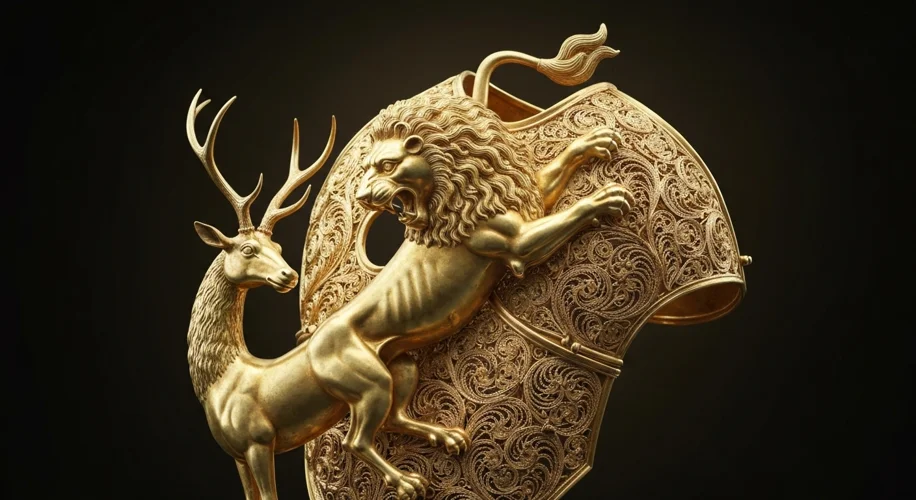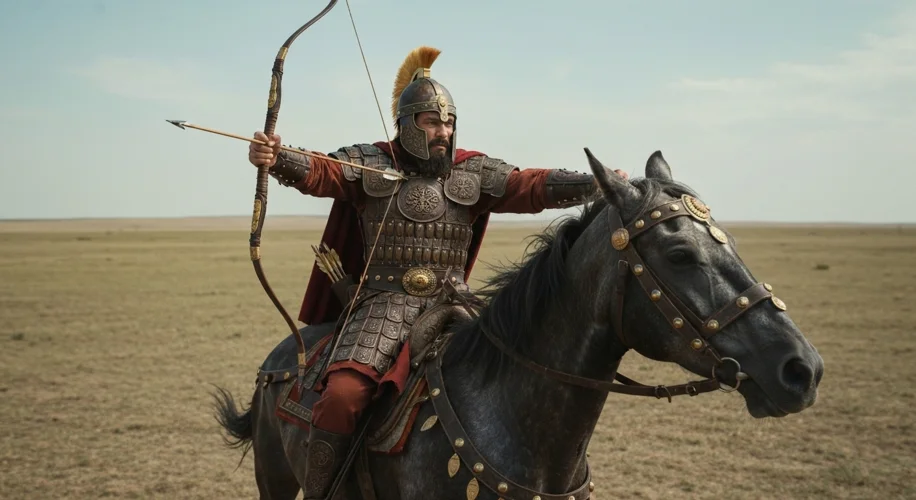Visualize this: vast, rolling steppes stretching as far as the eye can see, the wind whipping across the grasslands, carrying the scent of wild herbs and the distant thunder of hooves. This was the world of the Scythians, a name that evokes images of fierce warriors, magnificent gold, and a culture as enigmatic as the winds that shaped them. For centuries, these nomadic peoples dominated a vast swathe of Eurasia, from the Black Sea to Central Asia, leaving an indelible mark on the ancient world.
But who were the Scythians? They weren’t a single, unified empire like the Romans or Persians. Instead, they were a collection of Iranian-speaking tribes, bound by a shared culture, language, and a way of life dictated by the saddle. Their origins are debated, but most scholars agree they emerged from the eastern steppes, gradually migrating westward around the 8th century BCE. This was an era of immense upheaval in the ancient Near East, with rising empires like Assyria and Urartu vying for power. The Scythians, with their formidable equestrian skills and mounted archers, became a force to be reckoned with, sometimes allies, often feared adversaries.

The Scythians were masters of the steppe. Their lives revolved around their horses, which were not merely modes of transport but integral parts of their identity and warfare. They were renowned for their incredible horsemanship, able to fight effectively from the saddle, wielding composite bows that could shoot with deadly accuracy over long distances. Imagine a rider, hunched over his horse’s neck, launching a volley of arrows with astonishing speed and precision. This mobility and ranged firepower made them a terror on the battlefield, capable of overwhelming more heavily armored but less agile infantry.
One of the most striking aspects of Scythian culture is their art, particularly their stunning gold work. While they left few written records, their burial mounds, known as kurgans, have yielded treasures that speak volumes about their wealth, artistry, and beliefs. These intricate gold objects – jewelry, weapons, horse trappings, and elaborate drinking vessels – often feature stylized depictions of animals, particularly the stag, the panther, and the eagle. This so-called “Scythian animal style” is characterized by its dynamism, flowing lines, and a sense of raw energy. It’s believed to reflect their close connection to the natural world and the animals that populated their environment.

Key figures like Herodotus, the Greek historian, provide us with much of our knowledge, albeit filtered through a Greek lens. Herodotus describes them as fierce warriors with a unique social structure, emphasizing their equality and democratic tendencies within the tribes. He recounts their raids into the Near East, their role in the politics of surrounding nations, and their distinctive customs, such as scalping enemies and using their skulls as drinking cups – a grim testament to their martial ethos.
The Scythians themselves were not monolithic. While sharing a common cultural thread, different groups emerged. The “Royal Scythians,” who inhabited the fertile lands north of the Black Sea, accumulated immense wealth through trade and tribute, as evidenced by the lavish finds in their kurgans. Further east, other groups like the “Saka” were known for their distinct traditions and their interactions with empires like the Achaemenid Persians.

The zenith of Scythian power lasted for several centuries, but like all great nomadic confederations, their dominance eventually waned. By the 1st century CE, they had largely been displaced or absorbed by newer groups, such as the Sarmatians. However, their legacy persisted. Their artistic motifs influenced the art of later cultures, and their military tactics left their mark on the military history of Eurasia.
What can we learn from the Scythians? They remind us that history is not just about settled civilizations and written records. They highlight the power and influence of nomadic peoples, whose mobility, adaptability, and martial prowess could shape the destinies of empires. Their story is a powerful testament to a vibrant, dynamic culture that thrived on the vast open spaces, leaving behind a legacy etched in gold and whispered on the winds of the steppes. They were not merely barbarians at the gates; they were a civilization in their own right, whose echoes resonate through the corridors of time.

